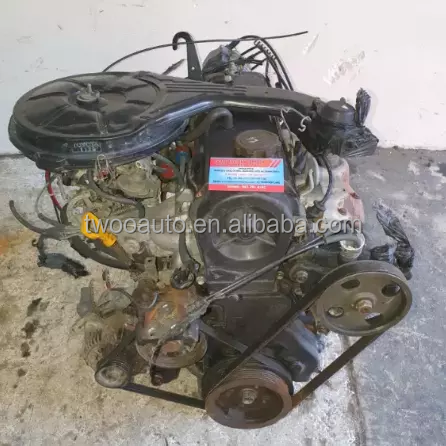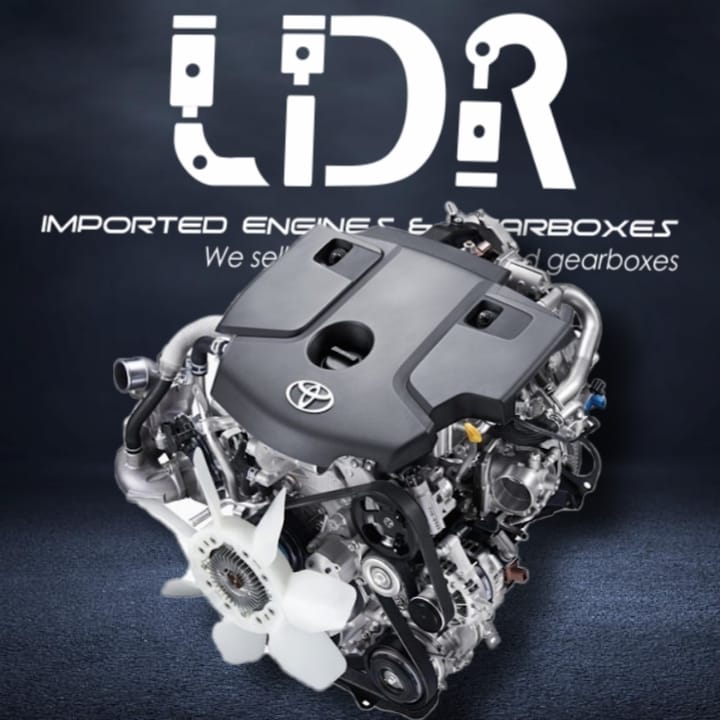Toyota Tazz: A Smart Investment for Those Seeking Low-Cost Maintenance
Toyota Tazz: A Smart Investment for Those Seeking Low-Cost Maintenance
Blog Article
Explore the Latest Patterns in Engine Technology With Tazz
In the quickly developing landscape of automobile innovation, Tazz stands at the forefront, highlighting substantial improvements in engine systems that focus on both innovation and sustainability. tazz. From hybrid engines that enhance gas efficiency to the appearance of hydrogen gas cells, the patterns forming modern-day powertrains are not only enhancing performance but also resolving vital ecological obstacles. As the industry continues to push boundaries, it is vital to take into consideration just how these advancements will certainly affect future transport services and the broader implications for global power intake. What exists in advance in this pivotal change?
Hybrid Engine Innovations
Crossbreed engine innovations represent a critical shift in automotive innovation, combining the advantages of inner combustion engines with electric propulsion systems. This assimilation not just enhances fuel performance but additionally reduces discharges, conference significantly stringent ecological policies. By using both energy sources, hybrid engines can maximize efficiency, supplying power when required while preserving gas throughout much less demanding motoring conditions.
Current advancements in crossbreed technology consist of renovations in battery effectiveness and regenerative braking systems. These developments allow for better power recuperation during slowdown, which can be redirected to help in acceleration or power accessory systems. In addition, producers are focusing on light-weight products and compact designs to take full advantage of the effectiveness of hybrid powertrains.
The growth of plug-in hybrids has also expanded the market, making it possible for motorists to bill their vehicles using conventional electric outlets. This feature commonly enables for significant all-electric range, further decreasing dependence on conventional fuels. tazz. As the vehicle sector remains to progress, hybrid engine modern technologies are anticipated to play a crucial role in linking the gap in between standard lorries and fully electrical versions, supplying a transitional remedy that provides to varied consumer demands and preferences
Advancements in Electric Powertrains
The auto landscape is swiftly developing, with electrical powertrains arising as a leading force in sustainable transport. Advancements in electric automobile (EV) technology are considerably enhancing individual, effectiveness, and performance experience. Trick innovations include enhancements in battery chemistry, which have increased power thickness, decreased billing times, and expanded overall battery life.
Solid-state batteries, for example, assure to transform the marketplace by supplying greater security and efficiency compared to conventional lithium-ion cells. Furthermore, developments in regenerative braking systems are allowing automobiles to recover energy during slowdown, adding to general performance.
In enhancement to battery modern technology, electrical motor layouts are coming to be more innovative. Developments such as incorporated motors and advanced thermal management systems are helping to enhance power distribution and reduce weight, inevitably improving automobile characteristics.

Collectively, these breakthroughs highlight the dedication to shift in the direction of cleaner, much more reliable transport solutions, positioning electrical powertrains at the leading edge of automobile advancement.
The Increase of Hydrogen Gas Cells
Significantly, hydrogen fuel cells are getting traction as a sensible option to traditional internal burning engines and battery electric lorries. This modern technology harnesses the chemical power saved in hydrogen, transforming it right into electricity through an electrochemical response with oxygen. The key by-product of this procedure is water, making hydrogen fuel cells an eco-friendly option with no discharges at the tailpipe.

Automakers are increasingly investing in hydrogen gas cell innovation, identifying its potential for long-range applications and quick refueling capabilities that match traditional gas. look at this site In addition, sectors such as durable transportation and public transportation are especially fit for hydrogen gas cells, where battery electrical remedies may drop short due to weight and range restrictions.
As research and financial investment remain to broaden, hydrogen gas cells are poised to play a considerable duty in the future landscape of clean transportation and energy services.
Enhancements in Internal Burning Engines
Technologies in internal combustion engine (ICE) innovation are changing typical vehicles to fulfill modern-day ecological standards and performance assumptions. One of one of the most significant improvements entails the assimilation of advanced gas shot systems. These systems maximize the air-fuel blend, boosting combustion effectiveness and leading to reduced emissions. Direct fuel shot, for circumstances, permits much better atomization of gas, leading to more complete burning and improved power outcome.
Furthermore, turbocharging has actually obtained importance, enabling smaller sized engines to deliver higher efficiency without the weight of bigger engines - tazz. This innovation not just increases performance however additionally adds to lower fuel consumption. Variable shutoff timing systems are additionally being refined, allowing engines to adapt to numerous driving problems for boosted torque and responsiveness
In addition, making use of lightweight materials in engine sites construction is becoming basic, more boosting gas efficiency by decreasing general vehicle weight. Engine control units (ECUs) are increasingly sophisticated, enabling real-time changes that enhance efficiency and discharges.
These enhancements jointly signify a pivotal shift in ICE innovation, aligning with global sustainability objectives while still supplying the performance drivers get out of their cars. As the sector progresses, these improvements continue to form the future of traditional vehicle engineering.
Future Trends in Engine Performance
Significant visit site improvements in engine performance are prepared for as manufacturers focus on incorporating sophisticated technologies to satisfy rigid ecological guidelines and customer needs. The change in the direction of electrification, hybrid systems, and different fuels is reshaping the automobile landscape, driving advancements that enhance gas economic climate and minimize exhausts.
One of the vital patterns is the execution of sophisticated materials and making methods. Light-weight composites and high-strength alloys contribute to reduced lorry weight, hence enhancing overall performance. Additionally, the fostering of turbocharging and variable shutoff timing technologies permits for improved power result from smaller sized engines, even more enhancing gas economic climate.

Final Thought
Advancements in hybrid engine systems, electrical powertrains, and hydrogen fuel cells demonstrate a dedication to minimizing emissions while enhancing efficiency. Improvements in inner combustion engines and an emphasis on lightweight products contribute to total engine effectiveness.
From crossbreed engines that enhance fuel efficiency to the emergence of hydrogen fuel cells, the trends forming modern-day powertrains are not just enhancing efficiency but additionally resolving essential ecological challenges.Hybrid engine technologies stand for a pivotal change in vehicle technology, incorporating the benefits of inner combustion engines with electric propulsion systems.Additionally, turbocharging has gained importance, permitting smaller sized engines to deliver greater performance without the weight of larger engines. Furthermore, the fostering of turbocharging and variable valve timing innovations allows for enhanced power result from smaller sized engines, additionally enhancing gas economy.
Renovations in internal combustion engines and a focus on light-weight products contribute to general engine performance.
Report this page